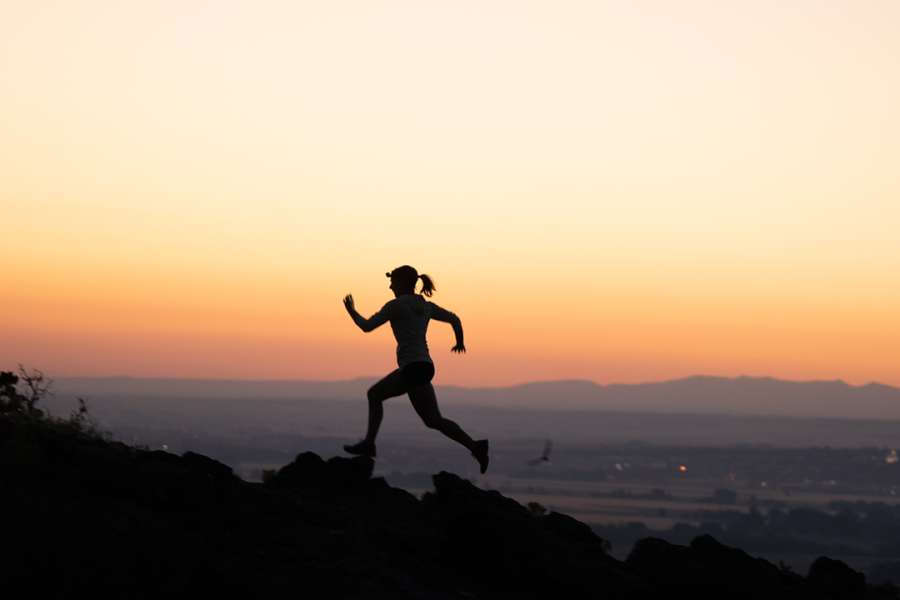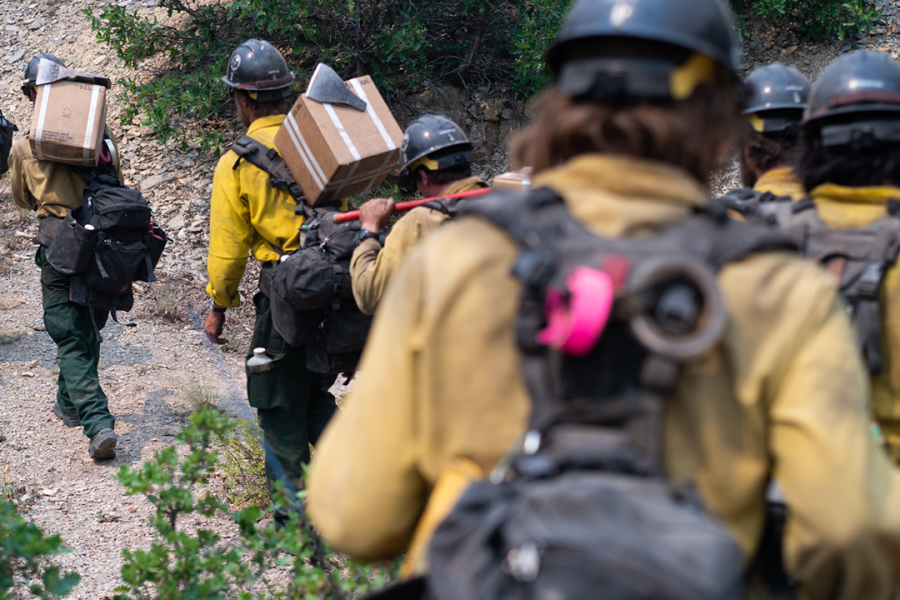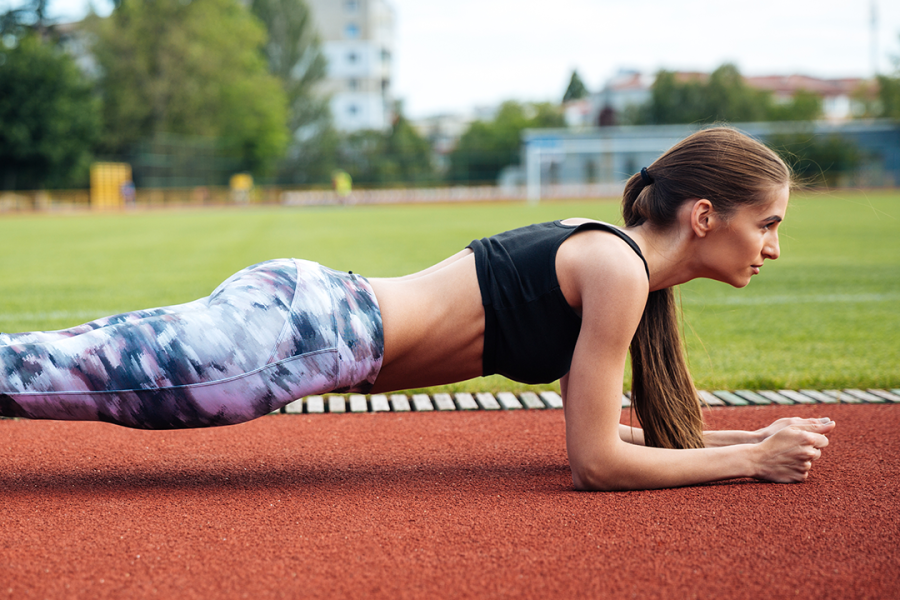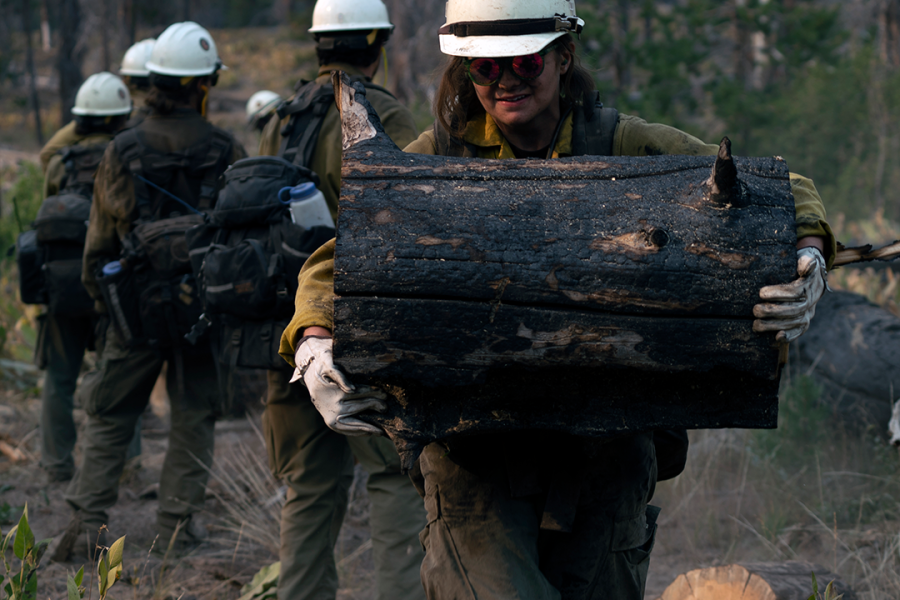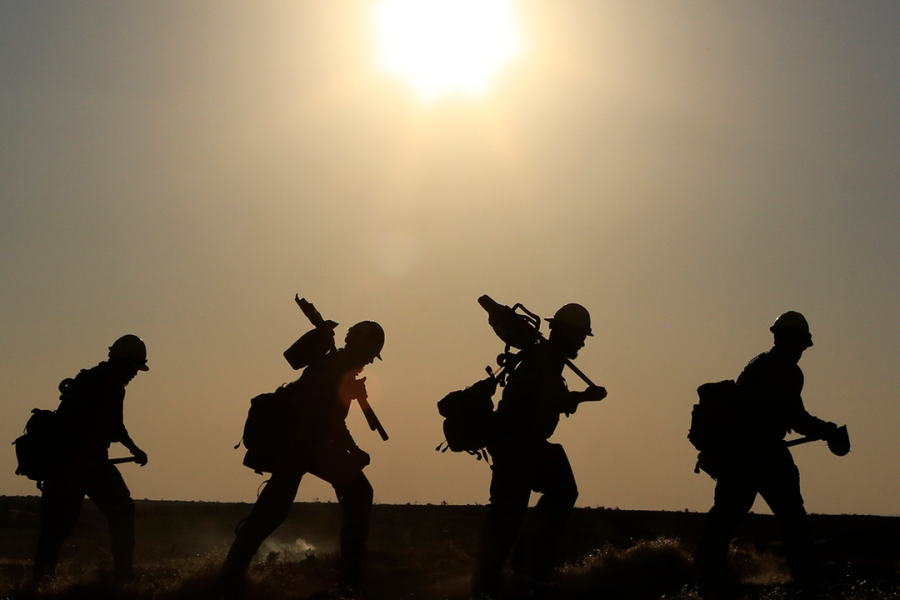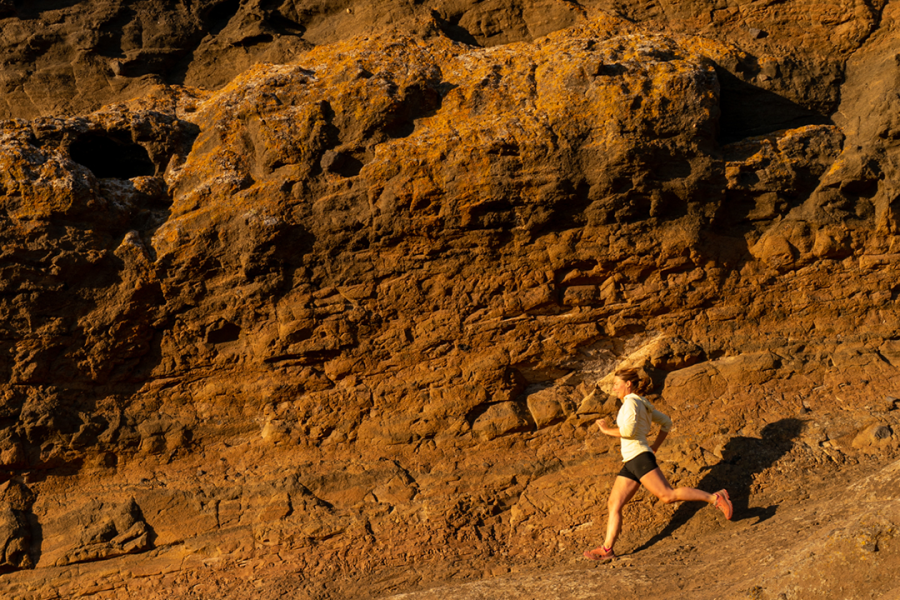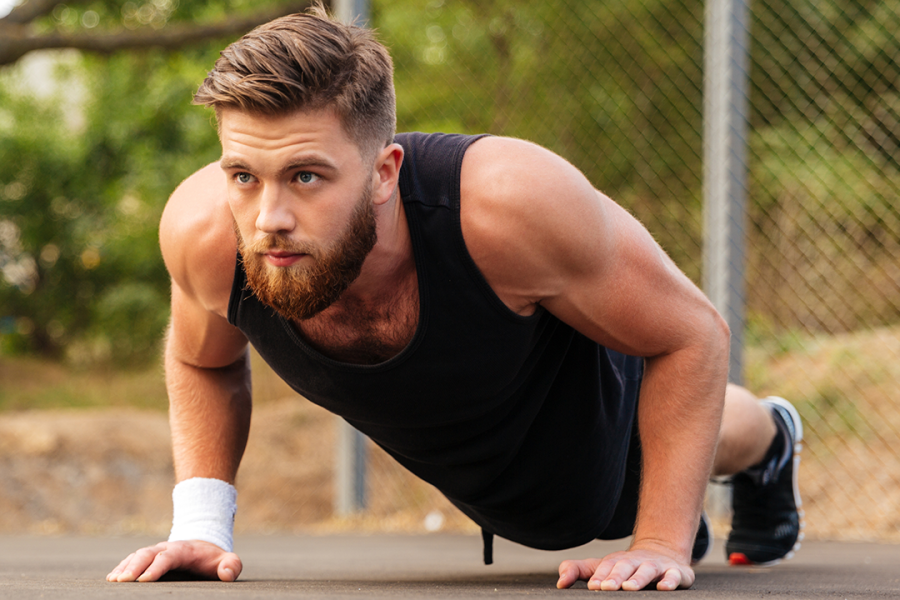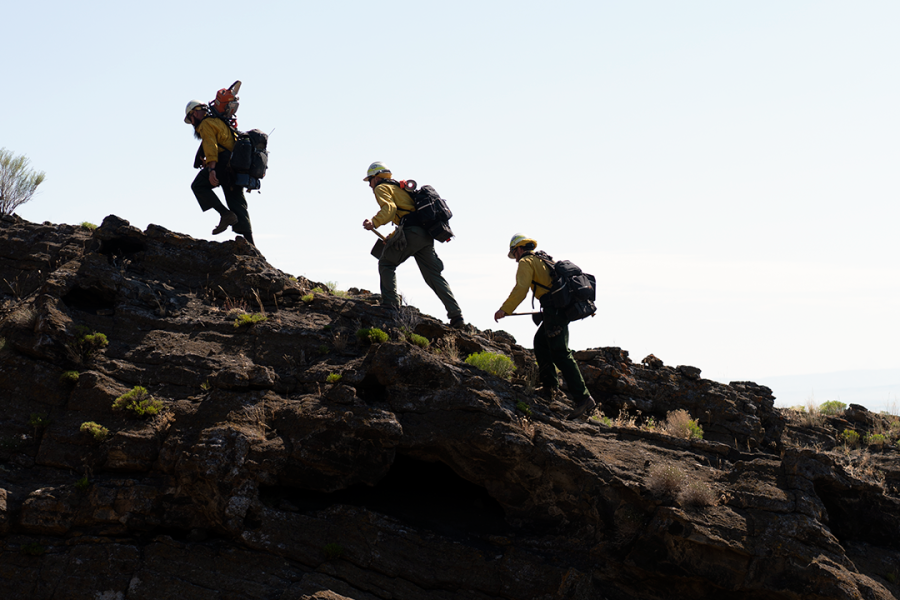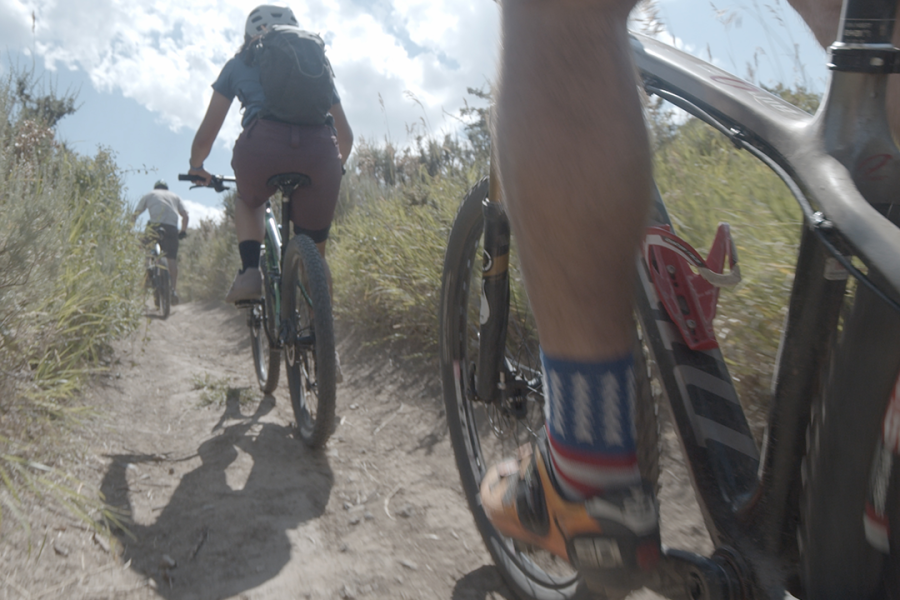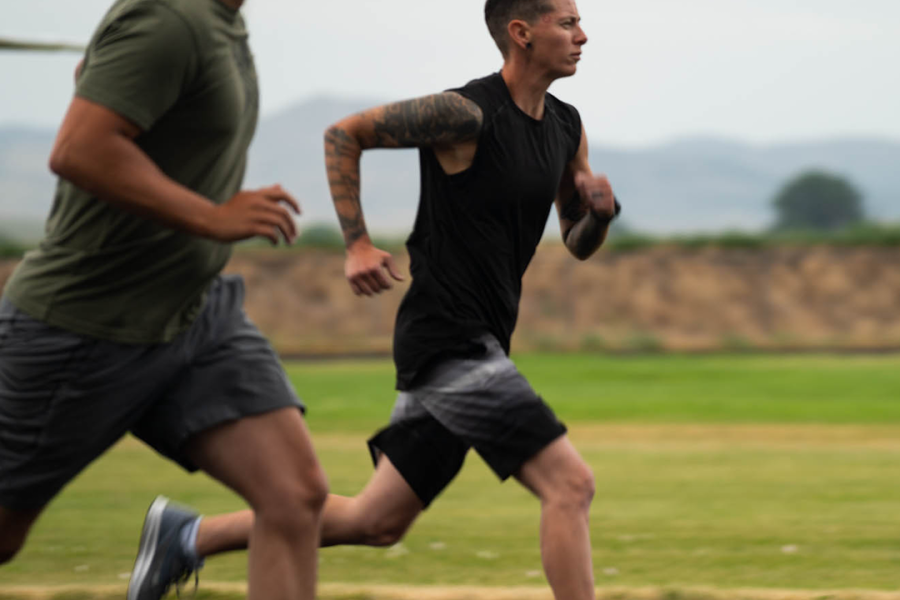The BLM Fire Fitness Challenge provides a common system by which BLM firefighters can measure current fitness, establish fitness goals, track fitness improvement, and receive recognition for their efforts. The Fitness Challenge is voluntary, but BLM firefighters are strongly encouraged to participate.
The BLM Fire Fitness Challenge has been available since the early 2000s. After researching similar fitness programs used by the U.S. military, municipal fire departments, law enforcement agencies, and consulting with academia and physical fitness experts, the BLM Fire Fitness Challenge was updated in 2022.
The BLM Fire Fitness Challenge measures fitness in four basic exercises: pull-ups (or flexed-arm hang), push-ups, planking, and a 1.5 (or 3-mile) timed run. Point scales have been updated and now include separate scales for men and women.
Background
The BLM Fire Fitness Challenge provides a common system by which BLM firefighters can measure current fitness, establish fitness goals, track fitness improvement, and receive recognition for their efforts. The Fitness Challenge is voluntary, but BLM firefighters are strongly encouraged to participate.
The BLM Fire Fitness Challenge has been available since the early 2000s. After researching similar fitness programs used by the U.S. military, municipal fire departments, law enforcement agencies, and consulting with academia and physical fitness experts, the BLM Fire Fitness Challenge was updated in 2022.
The BLM Fire Fitness Challenge measures fitness in four basic exercises: pull-ups (or flexed-arm hang), push-ups, planking, and a 1.5 (or 3-mile) timed run. Point scales have been updated and now include separate scales for men and women.
A smart phone application is currently in development and will be shared as soon as a testing opportunity is available.
Recognition
The BLM Fire Fitness Challenge provides a common system by which BLM firefighters can measure current fitness, establish fitness goals, track fitness improvement, and receive recognition for their efforts. The Fitness Challenge is voluntary, but BLM firefighters are strongly encouraged to participate.
The BLM Fire Fitness Challenge has been available since the early 2000s. After researching similar fitness programs used by the U.S. military, municipal fire departments, law enforcement agencies, and consulting with academia and physical fitness experts, the BLM Fire Fitness Challenge was updated in 2022.
The BLM Fire Fitness Challenge measures fitness in four basic exercises: pull-ups (or flexed-arm hang), push-ups, planking, and a 1.5 (or 3-mile) timed run. Point scales have been updated and now include separate scales for men and women.
A smart phone application is currently in development and will be shared as soon as a testing opportunity is available.
Pre-Fitness Challenge Requirement
Participation in the BLM Fire Fitness Challenge is voluntary. Submission of data (challenge results and scores) is also voluntary; Providing your name is optional but is required if participants wish to be considered for recognition. Reminder: before participating in the BLM Fire Fitness Challenge, you should consult your physician or other healthcare provider before starting an exercise program. Participants must be cleared through the DOI Medical Standards program for light, moderate, or arduous duty, or must complete a Health Screen Questionnaire (HSQ). If the HSQ indicates the need for a medical exam, participants are responsible for consulting their physician at their own expense and obtaining permission to participate.
Fitness Challenge Test Administration
- A current risk assessment that addresses medical response must be in place prior to administering the Fitness Challenge test.
- Test administrators will ensure all participants are cleared for duty through the DOI Medical Standards program or HSQ.
- Test administrators will ensure an adequate number of assistant administrators are on hand, and ensure other logistical needs (stopwatches/timers, pens, clipboards, scoresheets, etc.) are addressed.
- Participants should be prepared with water, stretched/warmed muscles, etc.
- Test administrators shall read a description of each exercise (see below) and demonstrate proper form prior to the test.
- Exercises may be completed in any order. There is a 5-minute time limit between exercises.
- A 10 minute warm up period is allowed before the run.
- Individuals may test multiple times, but scoring is always based on the results of a four exercise test conducted as a single event, not amalgamated individual exercise scores from separate events (e.g. combining best pull-up score from last week, with best run time from this week and best plank and push-up scores from last month is not allowed).
- Record individual scores on the scoresheet (provided below). Submit scores online here. Individuals may submit scores for themselves or for other participants. Scores may be submitted for multiple events throughout a season/year.
The individual exercises are performed as follows:
- Push-ups: Starting position is back straight and parallel with the ground, arms straight with hands approximately shoulder width apart and elbows locked. Lower the body until the arms form a ninety-degree angle and return to the starting position with the arms fully locked. This is one repetition. The back must remain straight throughout the exercise. All resting must occur in the starting position. Count the number of repetitions successfully completed in three minutes or when the starting position can no longer be maintained (arms collapsing, body not straight, etc.).
- Pull-ups or flexed-arm hang:
- Pull-ups: Starting position is hanging from a bar, hands shoulder-width apart, arms fully extended with elbows locked using either an overhand grip (palms facing away from body) or underhand grip (palms facing toward body). Lift the body until the chin is above the bar and return to the starting position. On each repetition, the arms must be fully extended and the chin must clear the bar. The body must maintain a static, in-line position without swinging or hip assist. Count the number of pull-ups completed correctly until proper form can no longer be maintained (cannot pull chin above the bar, drops from the bar, etc.)
- Flexed-arm hang: The participants may be assisted to the starting position or may use a step or box if necessary. Grasp the overhead bar using either an overhand grip (palms facing away from body) or underhand grip (palms facing toward body). Position the body with the arms flexed and the chin clearing the bar. The chest should be held close to bar with legs hanging straight. The body must not swing, the knees must not be bent, and the legs must not kick. The subject holds this position for as long as possible.
- Planking: The plank is performed face down with forearms and toes touching the ground. Elbows are positioned directly under the shoulders and the head, back, core, and legs should be in alignment. Begin timing after a countdown and when the individual assumes the plank position. Stop the timer when this position cannot be maintained (sagging, moving from one elbow to the other, etc.) or at five minutes.
- 1.5-mile or 3-mile timed run: conducted on flat smooth surface.
Submit Fitness Challenge scores recorded on provided spreadsheet to Mark Skudlarek: [email protected] or using the QR Code/MS Form link by October 1st, 2025. Results will be compiled and shared within participating states.
Submit your BLM Fitness Challenge score here.
Scan the QR code below to submit your scores from a smart phone:
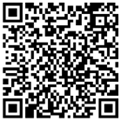
For more information, contact Mark Skudlarek, [email protected].
